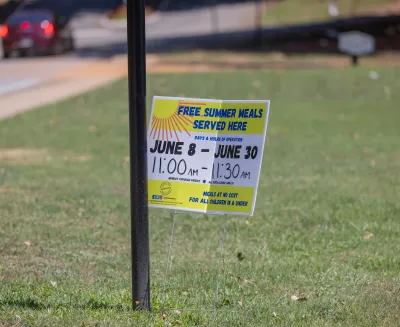Atlanta Business Chronicle Leadership Trust
By Ali Jamal , CEO at Stablegold Hospitality at Stablegold Hospitality
In a world where social media and Wi-Fi allow us to reach through our digital devices and interact with people, it’s no longer necessary for real estate investors to see and experience their potential investments in person.
Gone are the days when investors relied on local real estate agents to dig up each and every morsel of pre-purchase information such as rental rates, demographic data, past permits and assessment values. Fortunately for investors, less reliance on local brokers can also result in deeper pockets, especially when they set their sights further abroad. It is no surprise that statistics from the U.S. Department of Commerce show that, over the past nine years, America’s foreign direct investment in real estate has increased by 45 percent.
Today’s modern real estate investor can realize this advantage by learning about all the tools at their disposal, the benefits of using them and pitfalls to watch out for when investing out of state.
Tools
Virtual marketplaces like Zillow or their overseas equivalents such as Zoopla provide every real estate owner, buyer or renter with anything they need to know, right at their fingertips. Mortgage applications for preapproval, mortgage calculators, price/tax/permit history, neighborhood statistics, running costs and local school information can be found directly within the listing.
Click through the picture and video galleries to get a good sense of exterior and interior features. In the absence of visuals, use other tools such as Google Maps to get a full view of the exterior and surrounding area or do a walk-through of the property via video chat.
Social media is another great platform to get pictures of what’s on the market. Most real estate agents have a social media presence and will likely take advantage of mobile apps such as Instagram and Facebook Marketplace to advertise their listings. They can also auction their listings on eBay or list them on Craigslist.
Benefits
Digital tools that support out-of-state investing are invaluable for the millions of people living in cities like New York, California or Vancouver, Canada, where the real estate market has likely out-priced their capacity for home ownership. With these tools, investors no longer have to restrict their inventory to buy and hold deals. Global access to potential renters and home buyers are great incentives to invest in overseas vacation homes for premium rents or out-of-state fixer-upper homes for a quick flip. Less reliance on real estate agents and brokers to get the information and, in some cases, lending we need can pay big dividends in the long run.
Tips
As an investor who has used every digital tool imaginable to develop a $35 million real estate portfolio in less than eight years, I’ve learned a lot about the core responsibilities we all have — buyers and sellers alike.
First and foremost, don’t waste your time on investments that produce little or no cash flow. Use the simple, universal formula of income being greater than expenses to determine whether the investment is affordable for you. For example, if you are paying a mortgage of $1,200 per month while renting out your house at $1,500 per month, you’re earning a $300 surplus, monthly, that you can use towards other expenses like maintenance and property tax. As long as you are not conflicted with other debts, such as a second investment property that produces no surplus, you’re coming out on top.
Secondly, we must do our due diligence when it comes to researching any investment property. Although they cover a lot of ground, we cannot rely on tools like Trulia or Zillow alone for everything we need, such as the rate of income tax in a particular state or country, foreign ownership rules and tax implications in our home country.
Lastly, while Google serves as a great makeshift advisor, it is not a substitute for the army of experts that every investor needs in order to acquire and then manage a property. Use social networks like LinkedIn to recruit your team of professionals in international real estate, lending, property management, accounting and governance. As a general rule of thumb, if you can find someone who can get the job done at least 70-80 percent as well as you can, hand it over to them. This will free up time and energy for you to continue searching for your next out-of-state investment.
After you’ve identified a potential property using this advanced digital toolkit, I still suggest going onsite, viewing the property and having a discussion with the owner or their agent when possible. Investing in property is a huge commitment and there is always the risk of regret attached. In-person viewing and interaction will always hold its value in mitigating that risk and helping you weigh what to do next. Until that time, however, our 21st-century digital approach can eliminate 90 percent of the leg work required to find your ideal investment.













